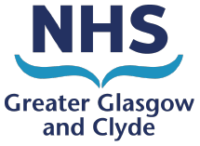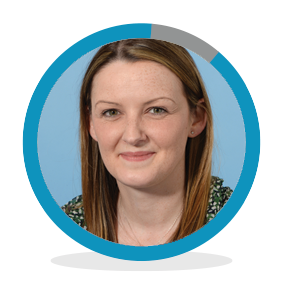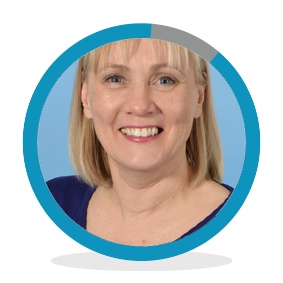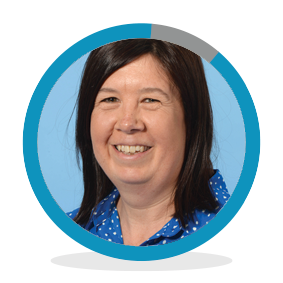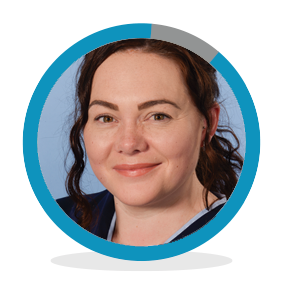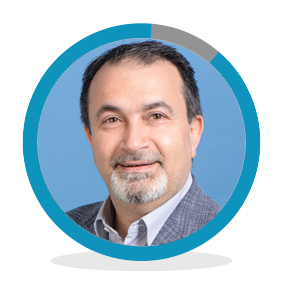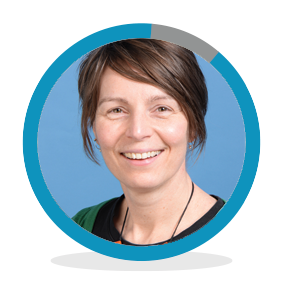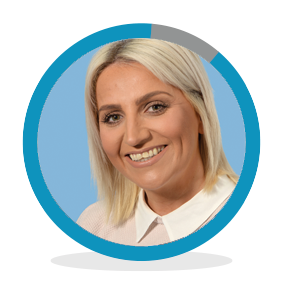What is PGT?
This is a special type of fertility treatment which helps couples who are at risk of having a child with a serious genetic condition. Embryos are created outside of the body using Intracytoplasmic sperm injection (ICSI) | HFEA and then tested for the genetic condition. Only embryos not affected are placed back into the uterus.
There are 3 different types of PGT:
- PGT-M (for monogenic disorders):
Used to test for single-gene disorders, such as cystic fibrosis or Huntington’s disease.
- PGT-SR (for structural rearrangements):
Used to test for chromosomal structural rearrangements, like translocations.
PGT-A is a type of PGT that screens for aneuploidy (abnormal number of chromosomes). Please note, PGT-A is not available as an add-on to NHS IVF/ICSI.
If there is a chance that a pregnancy may be affected by a familial genetic condition, some families wish to take steps to ensure that it will not be affected. Most couples requesting PGT do so to avoid the possibility of terminating a pregnancy following pre-natal testing, or if they already require IVF due to subfertility.
The HFEA regulate which conditions we can test for. Their website contains more information on Pre-implantation genetic testing for monogenic disorders (PGT-M) and Pre-implantation genetic testing for chromosomal structural rearrangements (PGT-SR) | HFEA
All patients having PGT will be seen and followed up by a specialist team including a consultant, nurse and embryologist who work closely with the team at clinical genetics.
Who can benefit from PGT?
- Couples who already have a child affected by a genetic condition or chromosomal rearrangement
- Couples who are not affected by a genetic condition but are both carriers of a gene which can result in them having a child with a genetic condition
- Couples where one partner is affected by a genetic condition, either because they inherited it or it is a new condition, and they risk passing that condition on to their child
- Couples where one partner has a balanced chromosomal translocation which may result in passing on an unbalanced chromosome to a child
Assessments and Tests
Before being seen at the ACS for PGT, you will have had some genetic testing through clinical genetics. Depending on which type of treatment you’re having, you will also need to have some Screening tests and Initial Appointments – NHSGGC and ACS staff will advise which ones are appropriate to you.
The Stages of Treatment
Genetic work-up
Before PGT treatment can begin, we need to wait on the genetics laboratory confirming they are ready to receive samples. This can take around 6 months for PGT-M and 2 months for PGT-SR. Once they are ready, we will arrange your appointments.
Screening and Consent Appointments
See Screening tests and Initial Appointments – NHSGGC for information about your first visits to the ACS.
Starting Treatment
The PGT team will meet and plan a treatment cycle for you.
The drug protocol you have been given will explain each step of the treatment which has been recommended. Treatment will either start with an injection or tablets to suppress your own hormones or will start with your own cycle.
Before starting stimulation injections to stimulate the follicles on your ovaries, you will come the ACS and have an internal scan of the uterus and ovaries. The nurse will give you a supply of medication, explain how to do the injections and your drug regime.
Around day 8-10 of injections, you will return to the clinic for scans and blood test every 1-3 days after, until you are ready for egg collection.
Each woman’s response to this treatment is different. Daily hormone injections can be required for 8-17 days. Some people respond much more quickly while others can take up to 17 days. However, average is around 10-14 days. Depending on the results from the scans and blood tests, the dose of drug used in your treatment may be changed.
Possible side effects from drugs used during the ‘down regulation’ phase may cause hot flushes, headaches, mood swings and vaginal dryness. These symptoms should pass. We carefully and regularly monitor you when drugs are used to stimulate your ovaries. However, in a small number of cases there may be side effects. In mild cases, the ovaries become slightly enlarged which might cause some abdominal cramps. In severe cases, the ovaries become much enlarged, and fluid gathers in the abdominal cavity causing discomfort or pain. There can be vomiting, diarrhoea, abdominal swelling and breathlessness. There may be a feeling of weakness and fainting, and you may not pass much urine. These complications require immediate attention, and you should contact ACS. For more information see Ovarian hyperstimulation syndrome (OHSS) | RCOG
Unfortunately, some women may not respond to this treatment. In this case the treatment will be stopped, and we will review your case. You will be given a clinic appointment to discuss your options.
If you do respond, once an adequate number of follicles (fluid filled sacs some of which contain eggs) are present in your ovaries, you will be given one final hormone injection called the ‘booster’. This helps mature the eggs in your follicles. You will usually be given this booster 36 hours before having your egg retrieval.
Please note that the timing of this injection is critical, and it must be done at the exact time specified to you by the ACS staff.
The Egg Retrieval
The night before your procedure please fast from midnight (do not eat or drink anything), as you will be given sedation.
When attending the procedure:
- Give yourself plenty of time to travel to ACS on the day of your appointment. Allow time for traffic delays and finding a parking place which can be time consuming.
- Please bring with you a dressing gown and slippers, we will provide you with a hospital gown to wear.
- You should not wear nail varnish, perfume, make-up or body lotion.
- Do not bring large sums of money or valuable jewellery with you (except your wedding ring).
- On the day, please report to the ACS suite. At the ACS suite, a nurse will help you prepare for the retrieval procedure.
A doctor will:
- describe the procedure to you in detail
- take a history of your general health
- answer any questions you may have
- ask you to sign a consent form for the treatment.
An anaesthetist will:
Discuss the procedure and will be present throughout to control your sedation and monitor your wellbeing.
The Procedure
The procedure begins with a needle assembly (called a venflon) being inserted into a vein in your hand or your arm. Your sedation will be given through a tube attached to the venflon. You may feel yourself drifting off to sleep but still be aware of noise around about you and remain sensitive to touch.
Your ovaries are viewed on an ultrasound monitor by gently placing an ultrasound probe into your vagina. Within each ovary, there will be a number of follicles. A fine needle is passed down a specialised guide attached to the ultrasound probe and the tip of the needle is directed right into the centre of each follicle. Gentle suction is applied through the needle, removing the contents of the follicle into a specially prepared container, which is then carefully examined to see if an egg is present.
This retrieval procedure ends when all the follicles have been drained and usually takes about 30 minutes to complete. Afterwards, you will go back to the recovery area to rest until you feel ready to go home, which is usually 1-3 hours later. You should plan for someone to collect you from the ACS Suite and go home with you.
For 24 hours after sedation, you should not drive or operate machinery, drink alcohol, take sleeping tablets or sign legal documents.
Sperm Collection and the Fertilisation of Your Eggs
Sperm sample (for men) On the day that your partner’s eggs are to be retrieved you will need to produce a fresh sperm sample. Do not have sex or ejaculate for 2 days before your appointment. We will show you into a private room in the Embryology Laboratory to produce your sperm sample.
A fresh sperm sample is prepared to maximise the number of healthy sperm available for injecting into your eggs. An embryologist will select one of the healthiest looking sperm from the sample and inject into the eggs. This will be repeated for each mature egg. There is no guarantee that all of your eggs will be fertilised and very occasionally there will be no fertilisation at all. Any fertilised embryos that do form are left to grow for 5 days in an Embryoscope – NHSGGC. We will contact you the day after your oocyte retrieval to let you know how many of your eggs were fertilised and have become embryos.
Embryo Biopsy
This will be discussed during your consultation with one of our nurses. Normally biopsies will be performed at day 5 or 6 blastocyst stage of development. The biopsy process starts with the embryologist lasering a small opening in the wall of the embryo. Approximately 5-10 cells are removed from the embryo using a small pipette and then transferred into small tubes.
The embryos will then be cryopreserved (frozen) and stored. The cells that are removed from the embryos are packaged and couriered to the external genetics testing laboratory and the results will be available approximately 4 weeks after biopsy. Our embryologists will call and discuss the results with you.
Embryos that have a low-risk result can be transferred in a frozen embryo transfer cycle. Embryos that show a high-risk result cannot be transferred. Embryos that have been biopsied cannot be transferred in the same cycle with embryos that have not been biopsied, or those that did not yield a result. Embryos with a high-risk result will not be stored or transferred.
Very occasionally (<1% of cases) we may not get a result. We may be able to re-biopsy an embryo, but this will be discussed with you.
We are not allowed to carry out sex selection for social reasons. Sex selection can only be performed when there is a known risk of serious physical or mental illness or disability for one gender, when the other is unaffected. In this case, the unaffected gender will always be selected over an embryo of the affected gender.
